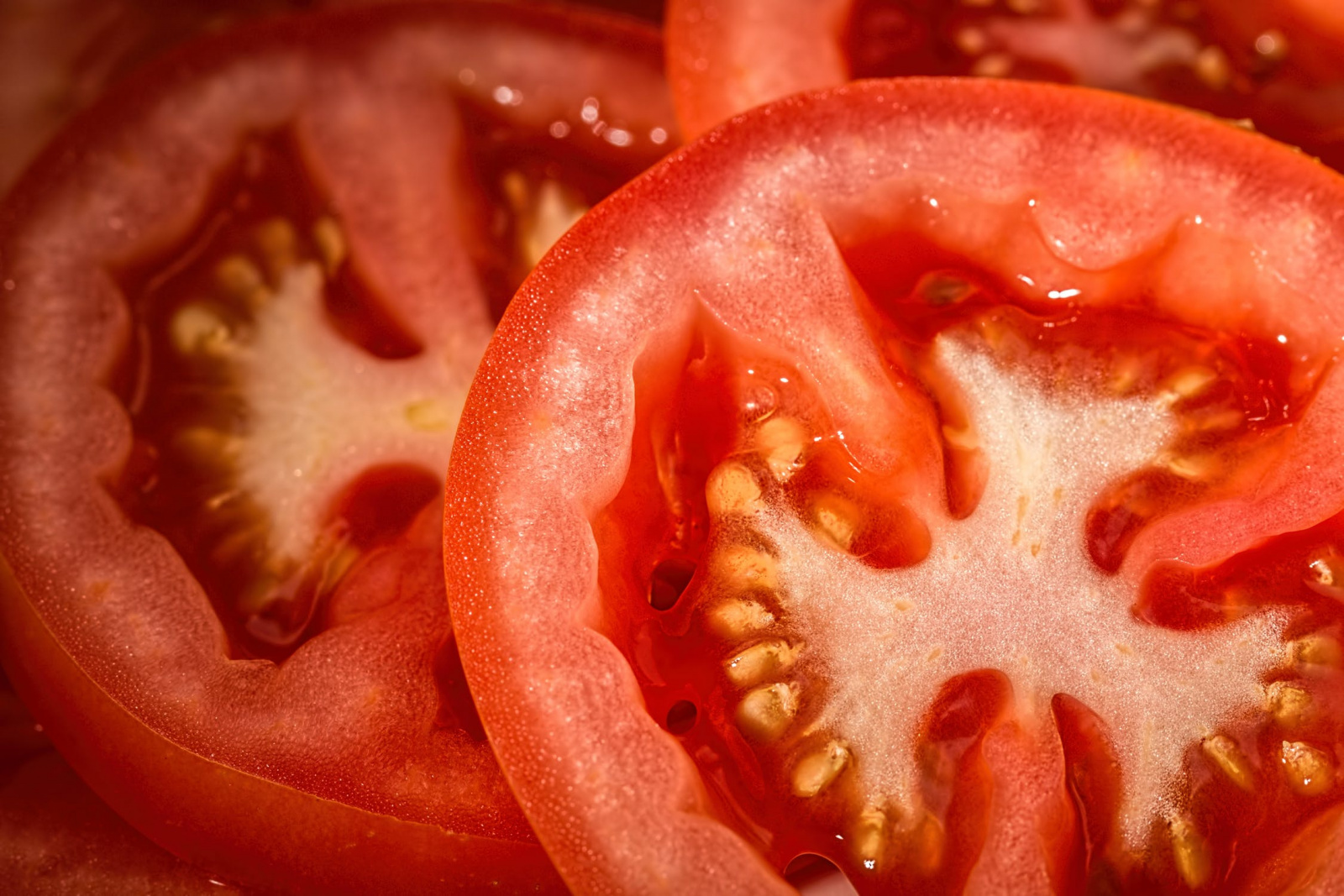top of mind news
- What Operators Need To Know About Tamper-Evident Labels
- Driving Increased Sales, Both On and Off-Premise
- Restaurant Food Storage: 3 Vital Design Considerations
- Dined There, Bought the T-Shirt: Tapping into the World of Restaurant Merchandise
- 8 Labor Day Deals To Boost Summer Sales
THE FARM
Poultry
Weekly young chicken harvests continue to rise, with birds processed for the week ending August 17th up 3.1% from last year. Heavier weights continue to add pounds to total ready-to-cook production, with the six-week sum of output running 4% larger than a year ago. Amid larger production schedules, wholesale chicken prices have been mostly firm, leaving the ArrowStream Chicken Index more than 12% over a year ago. Still, chicken wing and leg quarter prices could ease in the near term, while higher year-over-year tender prices are expected to be supportive of chicken breast meat later this year. Chicken wing prices are projected to seasonal rise this fall.
Beef
Beef production continued to escalate throughout last week, up 0.7% from the week prior and 0.4% from last year. Saturday slaughter schedules remain key in making up lost production from the down Tyson beef plant. Beef prices remain elevated in response, but further upside potential from here looks to be fading, and prices are expected to seasonally weaken into the fall. Still, the beef trim and grind markets are expected to hold modest support for now but should soften as well. Beef output is expected to remain active, but smaller cattle placements into feedlots over the past few months may tighten availabilities later this year.
Pork
Pork production continues to seasonally increase, up 1.3% from the week prior, but just 0.2% better than last year. Still, year-over-year increases in output are anticipated to escalate, as Tuesday notched the largest single-day hog harvest on record, while larger schedules are still looming. Pork prices continue to decline in response to larger production, with bellies and hams leading the losses as of late. Further price depreciation is expected for pork bellies, but remain wary of rising exports which could support prices deeper into the fall.
THE SEA
Seafood
The snow crab leg markets remain historically expensive. The next major harvest season is in the Alaskan Bering Sea and will not officially get underway until next month. The quota this year, although expected to be much larger than 2017-18 and on par with 2018-19, is likely to be historically small. Further, the bulk of the landings won’t come until after December. High snow crab leg prices are likely to persist this fall.
THE GARDEN
Produce
The tomato markets are firm. Tomato shipments did improve last week as they were better by 8.8%. But they were 8% less than the same week a year ago. The U.S. has reached an agreement with Mexico on tomatoes which is expected to officially execute on September 19th. This should lift the tariffs on Mexican tomatoes in front of their seasonal surge in supplies. Still, part of the agreement is to raise the floor price on which tomatoes can be imported which is now $7.75 for rounds and Romas (25lb box). This should help U.S. tomato supplies this fall.
THE KITCHEN SINK
Dairy
The spot butter market declined sharply this past week, hitting the lowest level in eight months. July 31st butter stocks were 3.6% higher than in 2018, and it was the second-best build for the month since 2004. Butter prices tend to rise modestly in September but typically average 12% lower in Q4. Cheese block prices have remained firm, but cheese barrel prices have weakened. July 31st cheese holdings were 3.5% smaller than a year ago, and it was the biggest July drawdown on record. Since 2014, cheese block prices have averaged 14.3% lower in December versus the prior September.
Grains
The feed markets have continued to trade well off their highs made earlier this summer. A well followed farmer group, ProFarmer, conducted their field surveys last week, and the news was generally close to the existing USDA estimates which point toward sufficient to ample supplies. But, there is still volatility risk for grain prices.
Oil
Nearby RBOB gasoline futures this week hit their lowest level in six months. The EIA’s most recent national average retail gasoline price was $2.661, which was 8.4% lower than ‘18. Gasoline prices may still fall as the summer driving season ends.














